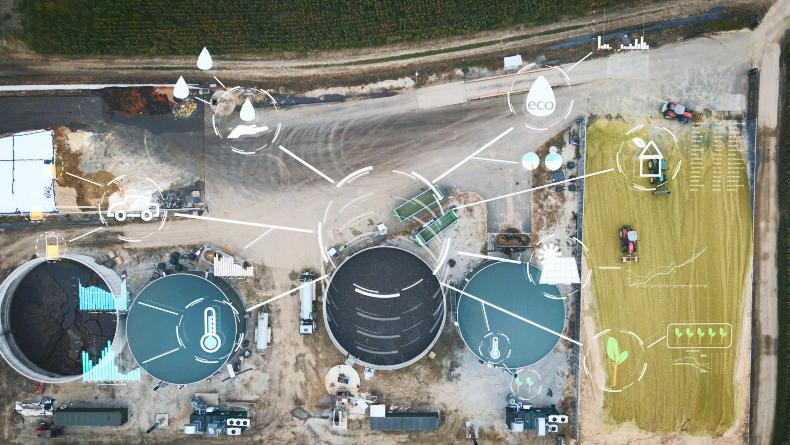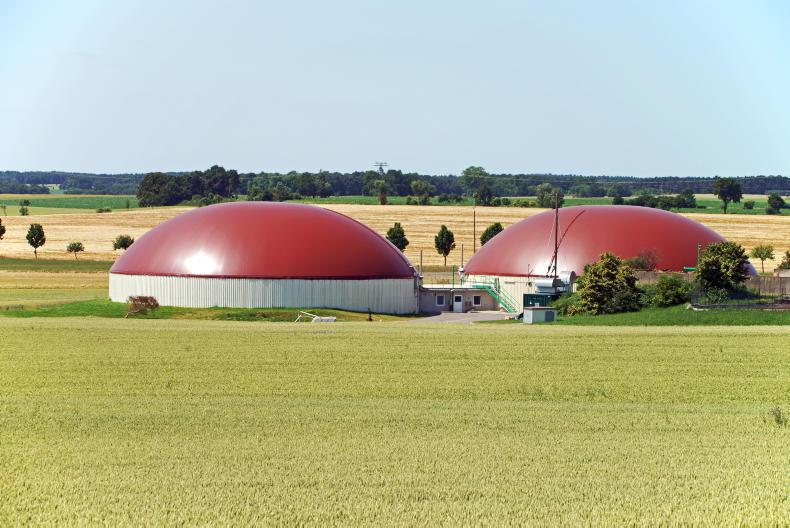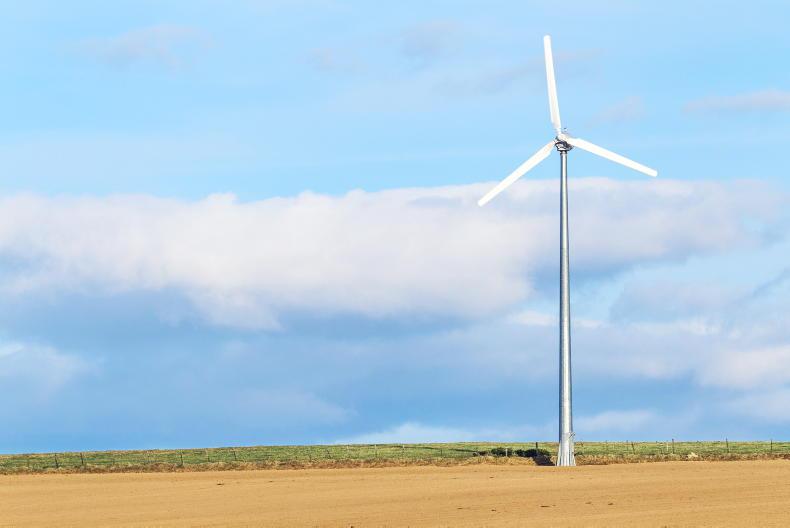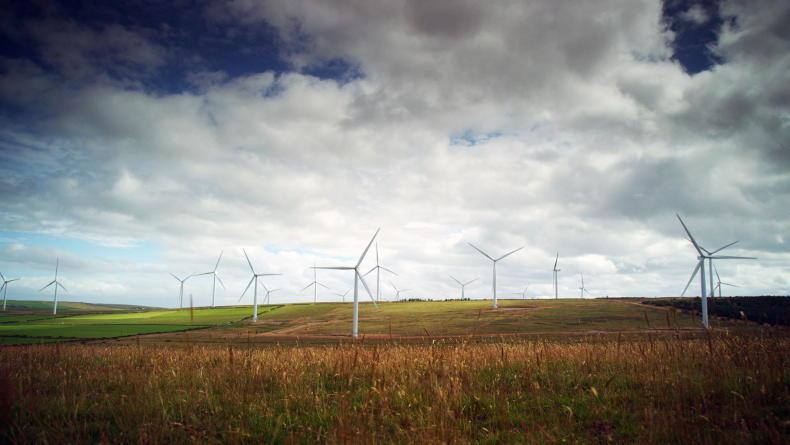There could be a significant volume of Irish biomass available for the bioenergy sector over the coming decade if the correct policies are put in place.
In its latest solid biomass capacity statement, the Irish Bioenergy Association (IrBea) estimates that there could be in the region of 1.5 to 1.6 million tonnes (t) of biomass available per year over the coming decade for the bioenergy sector if appropriate policies are implemented.
Solid biomass represents the lowest cost decarbonisation option for heating in terms of cent per kilowatt hour (c/kwh) or euro per tonne of CO2 (€/tCO2) abated compared with other renewable heat technologies.
Solid biomass used for renewable heat is derived from sustainably managed forest, with woodchip and pellet generally used in industrial and commercial heating.
Tonnes
The report outlines how the Council for Forest Research estimates the solid biomass resource has the potential to increase from the current level of approximately 9.5 petajoule (PJ) per year to an equivalent of 15PJ to 16PJ/year by the middle of the next decade.
To put this into context in volume terms, 1PJ is equivalent to 80,000 tonnes of woodchip at 35% moisture content.
There is also scope to further increase biomass production through methods such as short rotation coppice (eg, willow) and short rotation forestry (eg, poplar and eucalyptus).
When combined with green waste, this could boost biomass production by an additional 300,000t to 400,000t per annum.
As a result, there could be of 1,500,000t to 1,680,000t of woodchip available each year for the Irish energy sector over the coming decade, the report outlines.










SHARING OPTIONS